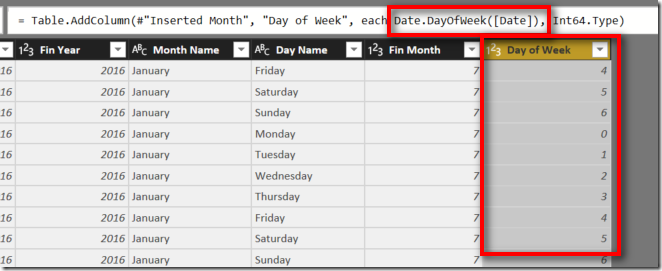hi all
i have my sales history table with approx. 10 mil rows of invoice and credit memo history
it has columns like customer number, customer name ,invoice number, invoice date ,item number, item description ,qty ,amount ... etc..
what I'm trying to do is have a formula that gives me sales between two dates that i want to select in a slicer so i created two disconnected date tables one of them is called P1 Compare From Date the other is called P1 Compare To Date then i have a formula in my sale history table as follows Total Sales$ Sold From -- to P1:=SUMX(FILTER('salesdata', 'salesdata'[Invoice Date] >= MIN('P1 Compare From Date'[Date]) && 'salesdata'[Invoice Date] <= MAX('P1 Compare To Date'[Date])), 'salesdata'[AMOUNT])
the problem is it runs extremely slow and i have a very quick computer any help or recommendations would be appreciated
i have my sales history table with approx. 10 mil rows of invoice and credit memo history
it has columns like customer number, customer name ,invoice number, invoice date ,item number, item description ,qty ,amount ... etc..
what I'm trying to do is have a formula that gives me sales between two dates that i want to select in a slicer so i created two disconnected date tables one of them is called P1 Compare From Date the other is called P1 Compare To Date then i have a formula in my sale history table as follows Total Sales$ Sold From -- to P1:=SUMX(FILTER('salesdata', 'salesdata'[Invoice Date] >= MIN('P1 Compare From Date'[Date]) && 'salesdata'[Invoice Date] <= MAX('P1 Compare To Date'[Date])), 'salesdata'[AMOUNT])
the problem is it runs extremely slow and i have a very quick computer any help or recommendations would be appreciated






